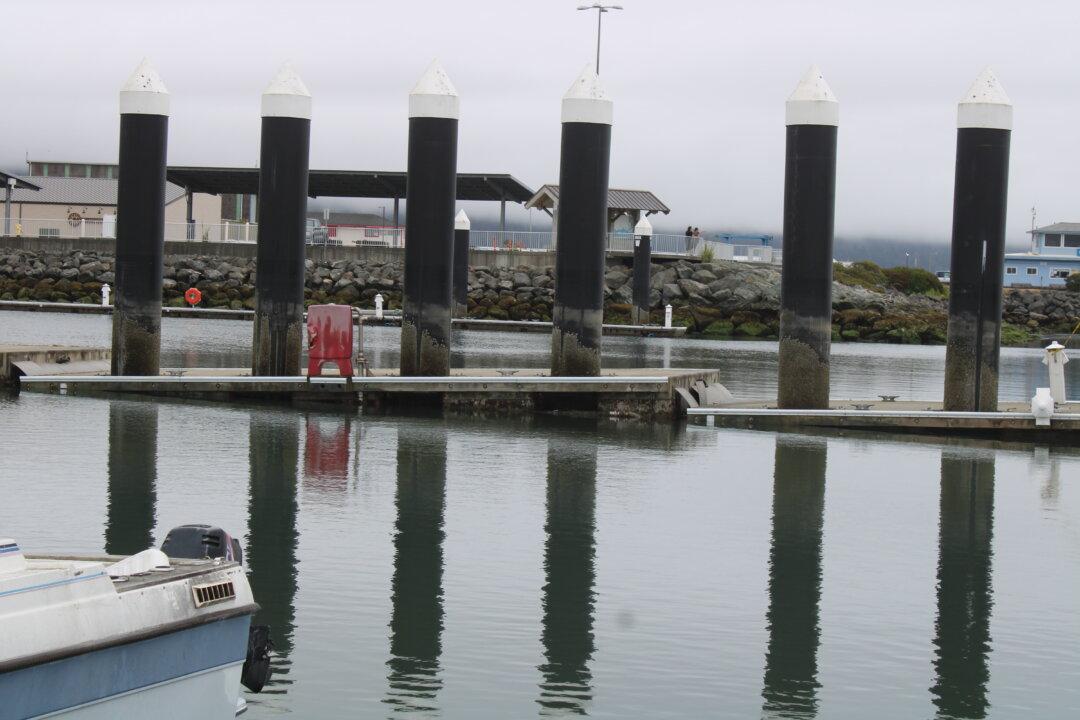Scientists studying earthquake fault zones in the Los Angeles and Orange County region said there’s a possibility for the area to experience a tremor comparable to the destructive 1994 Northridge earthquake in the next 30 years.
Southern California was too far away to be affected by recent earthquake activity in Mexico’s Michoacán area Sept. 19 and 20 but there is a good chance for destructive quakes in the region, Morgan Page, a geophysicist with the U.S. Geological Survey in Pasadena, Calif., told The Epoch Times.





